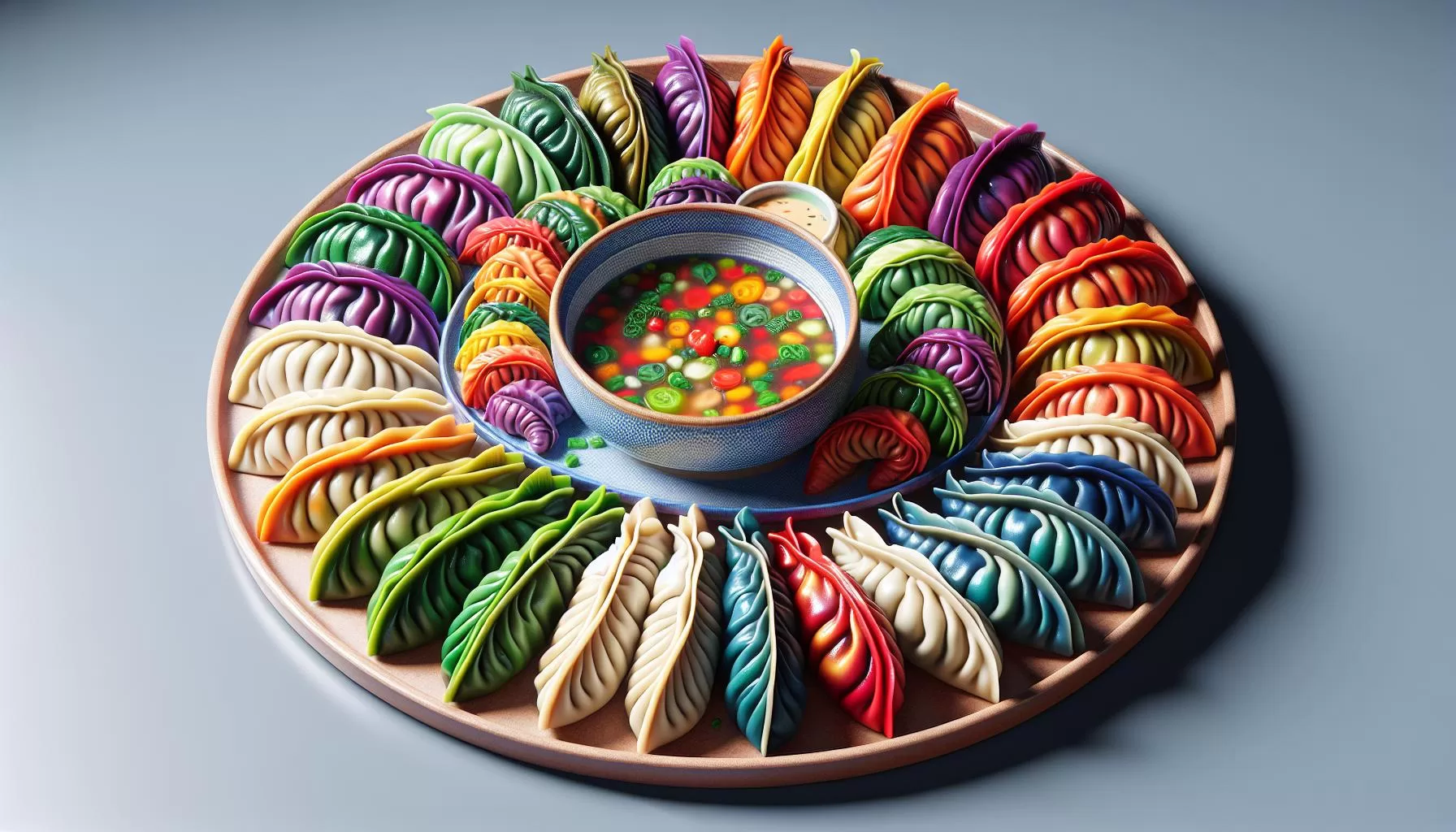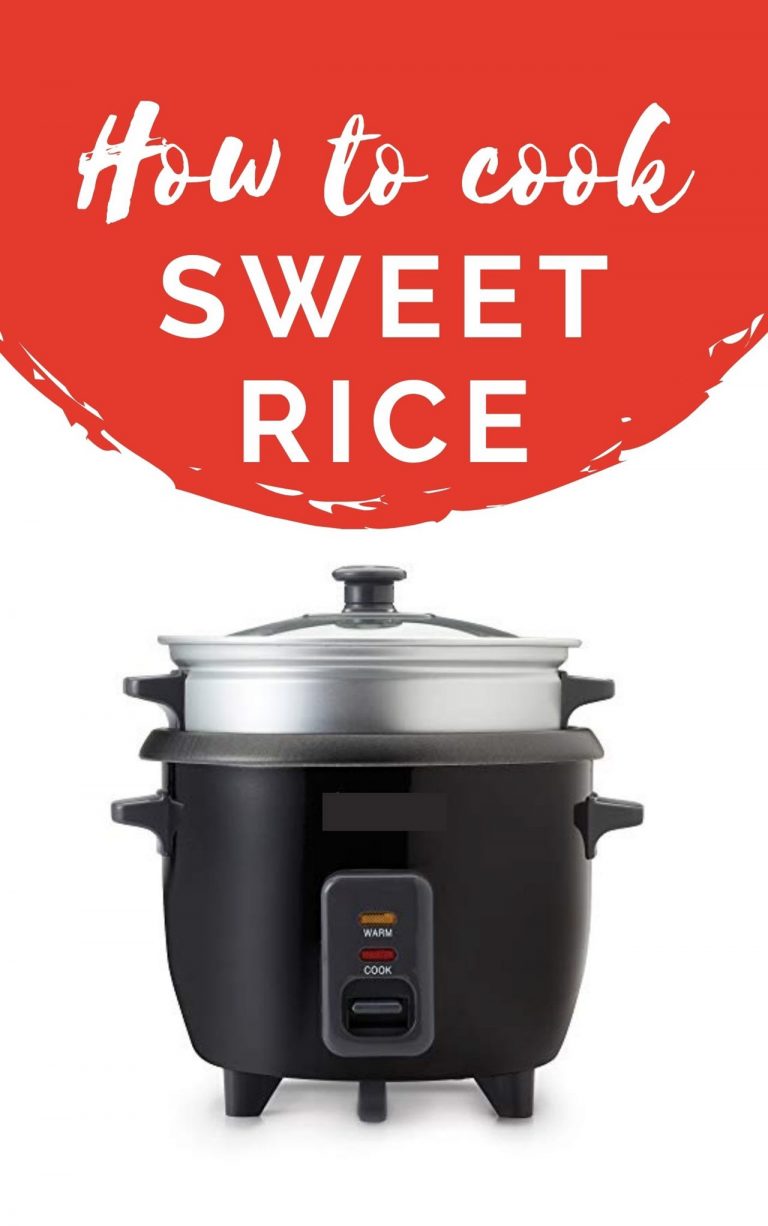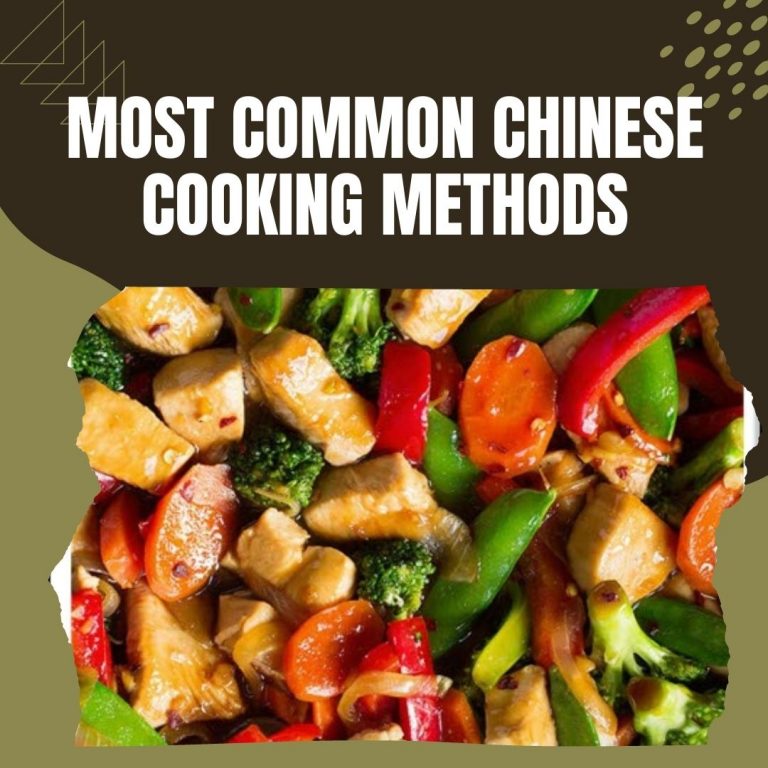Easy Homemade Vegetable Dumplings Recipe – Perfect Balance of Nutrition and Flavor

Choosing the Right Ingredients
A pivotal factor for your homemade vegetable dumplings recipe is your choice of ingredients. Only top-quality ingredients will lead you to the kind of dumplings that are unique, memorable, and utterly delicious.
Starting off, you’ll need 2 cups of all-purpose flour for the dumpling wrappers. Alternatively, for a healthier twist, you can replace this with whole wheat flour. Add some water and a pinch of salt to bring the dough together.
When it comes to filling, the world is your oyster. Your primary veggies can be cabbage and carrots, both rich in vitamins and fibers. You’ll need 1 cup of finely chopped cabbage and 1 cup of grated carrots. Consider throwing in some spinach or bok choy too. You’ll love the extra greens! Their iron and calcium content adds a health punch to your flavorful dumplings.
Your dumplings won’t taste bland, thanks to ingredients like ginger, garlic, and soy sauce. A teaspoon each of finely chopped ginger and garlic will provide the heat and aroma. A tablespoon of soy sauce promises an authentic oriental taste, and for those who appreciate an extra kick, add a teaspoon of chili sauce.
Here’s your ingredients list in a simplified format:
| Ingredient | Quantity | Optional |
|---|---|---|
| All-purpose flour | 2 cups | Whole wheat flour |
| Cabbage | 1 cup | Bok choy |
| Carrots | 1 cup | Spinach |
| Ginger | 1 teaspoon | |
| Garlic | 1 teaspoon | |
| Soy Sauce | 1 tablespoon | Chili Sauce |
Remember, you can always tweak this list based on your preferences and dietary needs. Experimenting with different ingredients will not only enhance the final product but also make the experience more exciting and personalized. Whether you’re a committed vegetarian or just looking for a tasty meal, homemade vegetable dumplings are a streamlined option, waiting for your creative touch.
Preparing the Vegetable Filling

After preparing your homemade wrappers, it’s all about the filling. A well-prepared filling breathes life into your dumplings, giving it that “unforgettable” taste. So, how should you go about it?
For a standard filling, you’ll need two primary ingredients–cabbage and carrots. Take one large cabbage and grate it to harvest roundabout two cups. Next, get two large carrots and grate them as well – you should have about a cup.
While these are your key ingredients, don’t stop there! Spice things up by adding flavorful extras. Try grating a thumb-sized piece of fresh ginger and mince two cloves of garlic. Add a little heat with one red chili, finely chopped.
Do you crave an extra layer of flavor? Then fetch two tablespoons of soy sauce and one of chili sauce. These ingredients give your homemade vegetable dumplings a distinctive Asian flair.
The ‘green’ part of your filling is where you can get creative. You’ve got options. Go for bok choy or spinach. Perhaps you’re feeling a little daring? Why not try kale or Swiss chard? They all work great!
A lot of people don’t typically use these greens in their dumplings, giving your recipe an interesting twist. You’ll need around two cups of whatever green you choose. Remember, the filling is fully customizable.
| Ingredient | Amount |
|---|---|
| Cabbage | 2 cups |
| Carrots | 1 cup |
| Ginger | 1 piece |
| Garlic | 2 cloves |
| Red Chili | 1 piece |
| Soy Sauce | 2 tbsp |
| Chili Sauce | 1 tbsp |
| Greens | 2 cups |
Combine your ingredients and mix well. And there you have it. It’s time to assemble the dumplings.
(Note: Nutritional value varies with ingredients. A typical serving has approximately 200 calories, 3g of fat, 35g of carbs, and 8g of protein.)
Venture forth and play around with the ingredients. Personalizing them to your liking will add to the fun of creating your special homemade vegetable dumplings.
Making the Dumpling Dough

Now that you’ve mastered the vegetable filling, it’s time to dive into making the dumpling dough. This phase requires precision and patience, as the dough will create the pocket that holds your delicious filling.
You’ll start with two simple ingredients: all-purpose flour and water. For every two cups of flour, you’ll want approximately a cup of water. This might vary slightly based on the humidity and temperature in your kitchen. Don’t hesitate to adjust the water amount to achieve the perfect dough consistency.
| Flour (Cups) | Water (Cups) |
|---|---|
| 2 | 1 |
Mix the flour and water together in a large bowl. Work the combination with your fingers until it forms a shaggy dough. Knead this dough on a clean, lightly floured surface until it’s smooth and elastic, around 15 minutes.
Here’s a little unique tip: consider adding vegetable juice. If you’re looking to increase the nutritional value of your dumplings and give your dough a vibrant hue, consider swapping out the water with vegetable juice. Beet, spinach, or carrot juice could be perfect additions. It’s another fun way to customize your homemade vegetable dumplings.
| Swap Water with | Colour Effect |
|---|---|
| Beet Juice | Reddish |
| Spinach Juice | Green |
| Carrot Juice | Orange-Yellow |
Remember to let your dough rest. After the kneading process, roll it into a ball, cover it with a damp cloth or plastic wrap, and let it sit for an hour. This resting period allows the gluten to relax, making your dough easier to roll out.
This part of the dumpling making process is all about feeling the dough and understanding its needs. It should be pliable but not too sticky. If you’ve hit that sweet spot, you’re ready for the next step- rolling and filling.
Assembling the Dumplings

Once your dough is perfectly rested, you’re ready to venture into the fun part of dumpling making – the assembly. While it seems daunting, think of it as an art form that transforms a ball of dough and a spoonful of filling into an enticing bite of deliciousness.
First, dust your workspace lightly with all-purpose flour. Then, roll out the dough into a thin sheet. Aim for about 1 millimeter in thickness. Now, ready your patience as this requires care and precision.
With your dough at the desired thickness, use a round cookie cutter or a drinking glass with around 3 inch diameter. Press down to create perfect circles. If you don’t have these tools, don’t worry – even using your knife to cut squares or rectangles will work. Dumplings aren’t picky about shapes!
Here comes your batch of dough circles! Now take a teaspoon of your prepared filling, place it in the center of a dough circle. Remember, don’t overstuff your dumplings. The filling will expand as it cooks and could potentially burst if there’s too much inside.
Once the filling is set, fold each dough circle in half, forming a semi-circle. This step is where your creative freedom comes in. Crimp the edges of the dumpling anyway you choose – either by folding or by pleating. What matters most is that all edges are securely sealed so your filling doesn’t leak out while cooking.
What about the leftovers? Don’t throw your scrap dough away. Knead it back together and start rolling it out again – waste not, want not!
Pro tip: If your dough is drying out while assembling, you can apply a thin layer of vegetable juice, such as beet or spinach. It will not only keep the dough moist, but also add a lively pop of color.
Cooking and Serving

No homemade dumpling preparation is complete without the right cooking and serving tips! Cooking dumplings is an art that requires the same attention to detail as making them.
Start by having a LARGE pot filled with water, with a hearty addition of salt. Why salt? It enhances the flavor of the dough, ensuring your dumplings aren’t bland. The water should be at a rolling boil before you add the dumplings. Allow them to cook for about 7-8 min. You’ll know they’re cooked when they float to the top. But don’t rush the process. Take the time to enjoy this relaxing culinary adventure.
One little-known tip to elevate your dumplings to the next level is to pair your homemade dumpling with a simple dipping sauce. Simply mix together 2 tablespoons of soy sauce, a dash of rice vinegar, and a touch of sesame oil. Easy isn’t it? Add crushed garlic or ginger for added flavor.
And if you’re wondering about the nutritional value of your delightful dumplings, here is a basic overview:
| Nutrient | Amount |
|---|---|
| Calories | 250 kcal |
| Carbohydrates | 35 g |
| Protein | 8 g |
| Fat | 10 g |
Remember, dumplings are not just about the taste. They represent an expression of love and care. After all, you’ve taken the time to make these little bundles of joy from scratch. Serve them hot and enjoy the heartwarming clarity of a dish made with effort, creativity, and precision. Who knows, you might start a new homemade dumpling tradition in your family!
If you’ve enjoyed exploring the dumpling-making process up close, why not experiment next with fillings? Vegetable combinations are endless and rewarding so let your creativity flow. Don’t hesitate to mix it up. Every dumpling is a unique masterpiece waiting to be savored. Don’t let the dough hold you back! The dance between dough and filling is one of the best parts of creating your personal dumpling experience.
Conclusion
So there you have it, the art of making homemade vegetable dumplings. They’re not just a delicious meal, but a symbol of love and care. With their balanced nutritional profile, they can be a healthy addition to your diet. Remember, it’s not just about the end product. It’s the journey that counts. The joy of kneading the dough, the thrill of experimenting with different fillings, and the satisfaction of seeing your loved ones enjoy your creation. Don’t forget to cook them in salted water and pair them with a simple dipping sauce for an enhanced flavor. So, why wait? Start your homemade dumpling tradition today. It’s time to roll up your sleeves and get your hands doughy!





